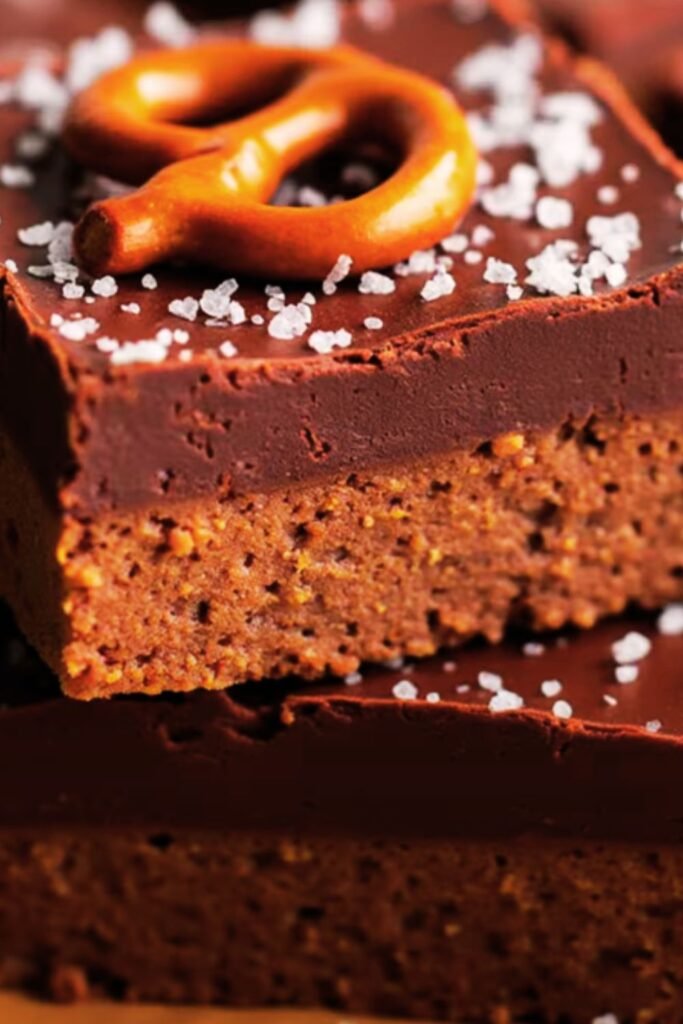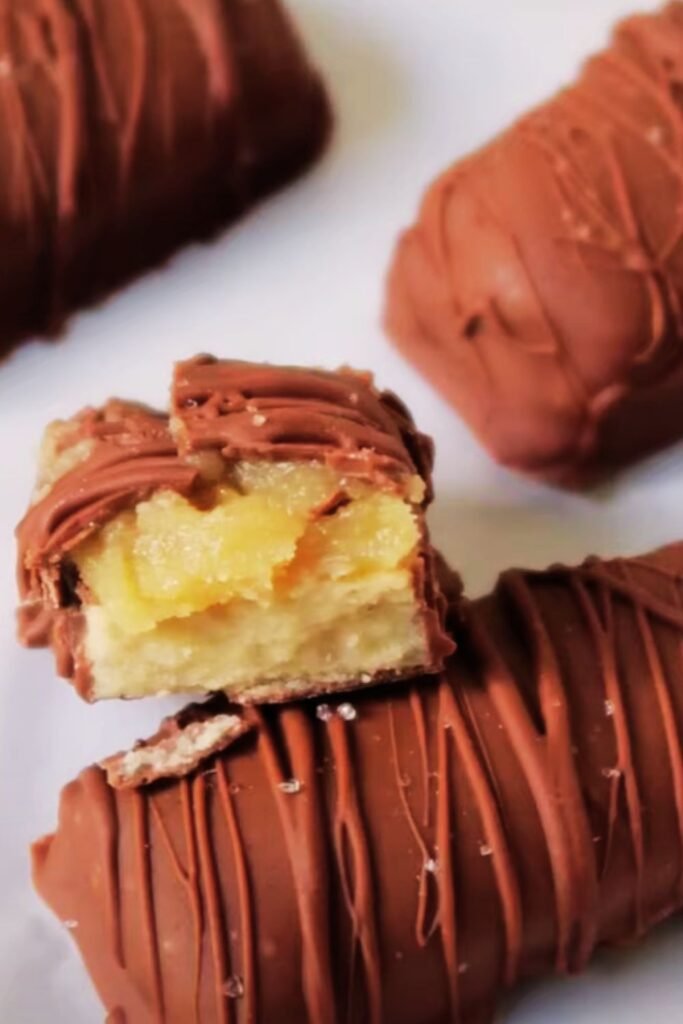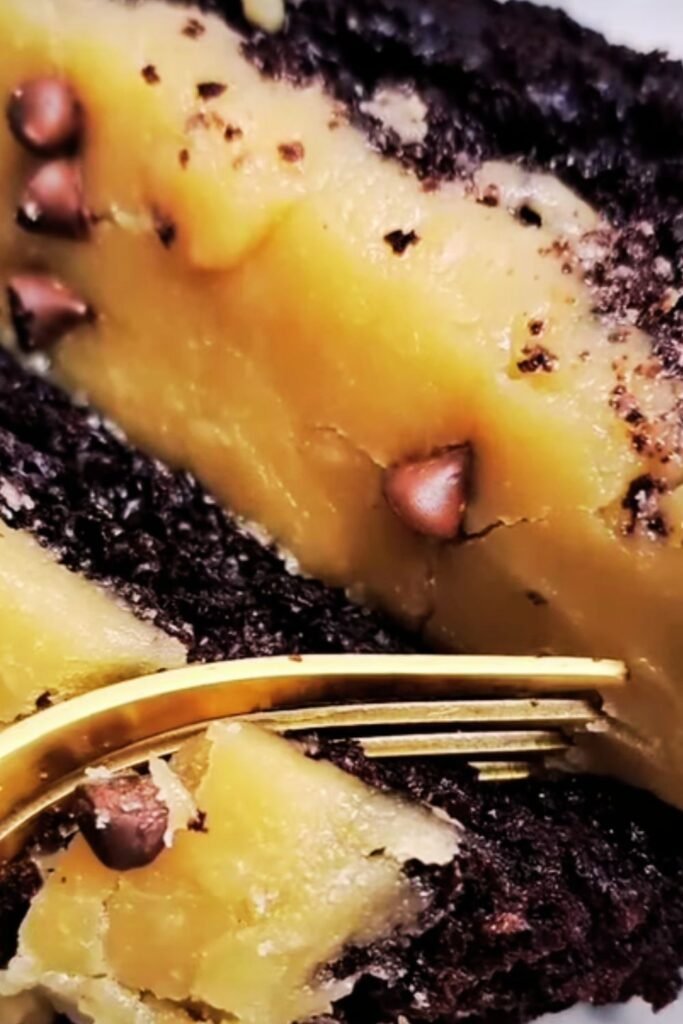When I first discovered the magic of stuffed cookies, my baking world completely transformed. These Big Blue Monster Stuffed Cookies aren’t just another dessert – they’re an experience that brings out the inner child in everyone who takes a bite. Inspired by everyone’s favorite blue furry friend from Sesame Street, these cookies combine the nostalgic charm of Cookie Monster with the sophisticated technique of stuffed baking.
The beauty of these cookies lies in their surprise factor. From the outside, they appear to be beautifully blue-tinted cookies with a slightly cracked surface. But bite into one, and you’ll discover a gooey center that can be filled with anything from chocolate chips to marshmallow fluff, creating an explosion of flavors that would make Cookie Monster himself proud.
Understanding the Big Blue Monster Cookie Concept
Stuffed Cookies: These are essentially two cookie dough portions sandwiched together with a filling in the center, then baked as one cohesive unit.
Blue Coloring: Achieved through food coloring that gives these cookies their signature Cookie Monster appearance without affecting the taste.
Monster Aesthetic: The deliberately rustic, slightly cracked appearance that mimics Cookie Monster’s enthusiastic cookie-eating style.
Filling Variations: The hidden center can contain various sweet surprises, from classic chocolate chips to creative combinations like peanut butter and jelly.
The technique behind stuffed cookies requires understanding how different dough consistencies behave during baking. I’ve learned that the key is achieving the right balance between a dough that’s firm enough to hold its shape but soft enough to envelop the filling completely.
Essential Ingredients and Their Roles
| Ingredient | Quantity | Purpose | Substitution Options |
|---|---|---|---|
| All-purpose flour | 2¼ cups | Structure and stability | Cake flour (lighter texture) |
| Unsalted butter | 1 cup (softened) | Moisture and richness | Margarine or coconut oil |
| Brown sugar | ¾ cup | Moisture and caramel notes | Coconut sugar |
| Granulated sugar | ½ cup | Sweetness and texture | Caster sugar |
| Large eggs | 2 | Binding and moisture | Flax eggs (vegan option) |
| Vanilla extract | 2 tsp | Flavor enhancement | Almond extract |
| Baking soda | 1 tsp | Leavening agent | Baking powder (1½ tsp) |
| Salt | 1 tsp | Flavor balance | Sea salt |
| Blue food coloring | 4-6 drops | Signature color | Natural blue spirulina |
| Mini chocolate chips | 1 cup | Filling base | White chips, butterscotch |

The quality of your ingredients directly impacts the final result. I always recommend using room temperature butter and eggs, as they incorporate more easily and create a smoother dough. The brown sugar content is deliberately higher than granulated sugar because it contributes to the chewy texture that makes these cookies so addictive.
Filling Options and Combinations
The filling is where creativity truly shines. Here are my favorite combinations that I’ve perfected over countless baking sessions:
Classic Monster Mix: Mini chocolate chips combined with crushed vanilla wafers create that authentic Cookie Monster crunch.
Marshmallow Madness: Miniature marshmallows that become gooey and stretchy when baked, creating an almost s’mores-like experience.
Peanut Butter Paradise: A spoonful of creamy peanut butter mixed with mini peanut butter chips for double the nutty goodness.
Funfetti Fun: Rainbow sprinkles mixed with white chocolate chips for a party in every bite.
Cookies and Cream: Crushed chocolate sandwich cookies (like Oreos) for an irresistible contrast of textures.
Each filling behaves differently during baking. Chocolate chips maintain their shape, while marshmallows expand and create air pockets. Understanding these behaviors helps me adjust the dough-to-filling ratio for optimal results.
Step-by-Step Baking Process
Preparation Phase
I begin by preheating my oven to 350°F (175°C) and lining two large baking sheets with parchment paper. This temperature ensures even baking without over-browning the blue exterior.
The creaming process is crucial for achieving the right texture. I beat the softened butter with both sugars for a full 3-4 minutes until the mixture becomes light and fluffy. This incorporates air, which contributes to the cookies’ tender crumb.
Mixing the Dough
After adding eggs one at a time and vanilla extract, I gradually incorporate the dry ingredients. The key is mixing just until combined – overmixing develops gluten, resulting in tough cookies.
The blue food coloring is added during the wet ingredient stage. I start with 4 drops and adjust based on desired intensity. Remember, the color will slightly fade during baking, so aim for a slightly deeper blue than your target shade.
Assembly Technique

The assembly process requires patience and practice. I portion the dough into 24 equal pieces using a cookie scoop for consistency. Each cookie uses two portions – one bottom, one top.
Here’s my proven assembly method:
- Flatten the bottom portion into a 3-inch circle
- Add 1-2 tablespoons of filling to the center
- Place the top portion over the filling
- Gently press edges to seal, leaving some rustic imperfections
- Roll lightly between palms to create a cohesive ball
The “monster” aesthetic comes from deliberately leaving some rough edges and allowing natural cracks to form. This rustic appearance is part of the charm.
Baking Guidelines
| Temperature | Time | Visual Cues | Internal Signs |
|---|---|---|---|
| 350°F (175°C) | 12-14 minutes | Edges set, centers soft | Slight spring when touched |
| High altitude (above 3000ft) | 375°F, 10-12 min | Same visual cues | Adjust flour +2 tbsp |
| Convection oven | 325°F, 10-12 min | Even browning | May bake faster |
The cookies are done when the edges are set but the centers still look slightly underbaked. They’ll continue cooking on the hot pan after removal from the oven.
Troubleshooting Common Issues
Through my baking journey, I’ve encountered and solved numerous challenges with stuffed cookies:
Filling Leakage: This happens when the dough is too soft or the filling is overpacked. I combat this by chilling the assembled cookies for 15 minutes before baking and ensuring proper edge sealing.
Uneven Color: Blue food coloring can sometimes create streaks. I prevent this by ensuring the coloring is fully incorporated during the mixing stage and using gel coloring instead of liquid when possible.
Spreading Issues: If cookies spread too much, the butter was likely too warm, or the dough needs chilling. I always chill problematic dough for 30 minutes before baking.
Dense Texture: Usually caused by overmixing or incorrect measurements. I measure flour by spooning it into the cup and leveling, never packing.
Storage and Serving Suggestions

Proper storage maintains the cookies’ texture and prevents the filling from hardening. I store them in an airtight container at room temperature for up to one week. For longer storage, they freeze beautifully for up to three months.
These cookies serve multiple purposes in my household:
- Birthday parties: The blue color and surprise filling make them perfect celebration treats
- Bake sales: They always sell out first due to their unique appearance
- Gift giving: Packaged in clear containers, they make impressive homemade gifts
- Movie nights: The handheld nature makes them perfect entertainment snacks
For serving, I recommend slightly warming them in the microwave for 10-15 seconds if they’ve been stored. This softens the filling and enhances the overall experience.
Nutritional Information and Dietary Modifications
| Nutrient | Per Cookie | Daily Value % |
|---|---|---|
| Calories | 285 | 14% |
| Total Fat | 12g | 15% |
| Saturated Fat | 7g | 35% |
| Carbohydrates | 42g | 15% |
| Sugar | 28g | 31% |
| Protein | 4g | 8% |
| Sodium | 220mg | 10% |
Gluten-Free Adaptation: I substitute the all-purpose flour with a 1:1 gluten-free baking blend. The texture changes slightly but remains delicious.
Vegan Version: Replace butter with vegan butter, eggs with flax eggs (2 tbsp ground flaxseed + 6 tbsp water), and choose vegan-friendly fillings.
Reduced Sugar: I can reduce the sugar by up to ¼ cup total, though this affects texture and browning.
Dairy-Free: Use dairy-free butter alternatives and ensure all fillings are dairy-free.
Advanced Techniques and Variations
After mastering the basic recipe, I’ve developed several advanced techniques that elevate these cookies:
Double-Stuffed Method: Using three layers of dough with two filling layers creates an ultra-indulgent version.
Swirl Effect: Partially mixing blue and white dough creates a marbled appearance reminiscent of Cookie Monster’s fur.
Size Variations: Mini versions (using 1 tablespoon portions) work perfectly for parties, while jumbo versions (using ¼ cup portions) satisfy serious sweet tooths.
Seasonal Adaptations: Different colored food coloring and themed fillings transform these for holidays – orange for Halloween, red and green for Christmas.
The Science Behind Perfect Stuffed Cookies
Understanding the science improves results dramatically. The butter-to-flour ratio creates the ideal balance between structure and tenderness. Brown sugar’s molasses content adds moisture and chewiness, while the baking soda provides lift without making the cookies too cake-like.
The filling’s behavior during baking depends on its composition. Chocolate maintains shape due to cocoa butter’s melting point, while marshmallows expand due to trapped air heating up. This knowledge helps me predict and control the final texture.
Temperature control throughout the process is crucial. Warm ingredients incorporate better, but too-warm dough spreads excessively. The 15-minute rest period I recommend allows gluten to relax and flavors to meld.
Questions and Answers
Q: Why do my cookies lose their blue color during baking? Most food colorings fade slightly when exposed to heat. I recommend using gel-based food coloring, which maintains color better than liquid versions. Also, aim for a slightly deeper blue than your target final color.
Q: Can I make the dough ahead of time? Absolutely! The dough can be made up to 3 days in advance and stored covered in the refrigerator. I actually prefer day-old dough as the flavors develop more fully. Let it come to room temperature for about 30 minutes before assembling.
Q: What’s the best way to ensure even filling distribution? I use a small cookie scoop or measuring spoon to portion the filling consistently. For chocolate chips, I count out approximately 15-20 mini chips per cookie. For spreadable fillings like peanut butter, I pre-portion them on a parchment-lined tray and chill until firm.
Q: My cookies are spreading too much during baking. How do I fix this? Excessive spreading usually indicates the butter was too warm or the dough needs chilling. I recommend chilling the assembled cookies for 15-30 minutes before baking. Also, ensure your baking sheets aren’t too warm from previous batches.
Q: Can I freeze the unbaked cookies? Yes! Assembled cookies can be frozen on baking sheets, then transferred to freezer bags once solid. Bake directly from frozen, adding 1-2 extra minutes to the baking time. This method is perfect for having fresh cookies ready anytime.
Q: What causes the cookies to crack on top? Some cracking is desirable for the “monster” aesthetic, but excessive cracking indicates the dough is too dry or was overworked. I ensure all ingredients are properly measured and avoid overmixing once flour is added.
Q: How do I prevent the filling from leaking out? Proper sealing is key. I make sure the bottom dough circle extends beyond the filling, then gently press the top portion down and pinch the edges together. Don’t overfill – less is more when it comes to stuffed cookies.
Q: Can I use natural blue coloring instead of artificial? Yes! Blue spirulina powder creates a natural blue color, though it’s more subtle than artificial coloring. You might need 1-2 teaspoons to achieve noticeable color. The flavor remains neutral.
Q: Why are my cookies hard instead of chewy? Hard cookies usually result from overbaking or too much flour. I recommend checking cookies 2 minutes before the suggested time and removing them when edges are set but centers still look slightly underbaked. They’ll continue cooking on the hot pan.
Q: What’s the secret to getting perfectly round cookies? After assembling, I gently roll each cookie between my palms to create a uniform ball shape. The key is being gentle – too much pressure can cause filling to leak. A light touch maintains the round shape while preserving the rustic monster appearance.
These Big Blue Monster Stuffed Cookies represent everything I love about creative baking – they’re technically challenging enough to be interesting, visually striking enough to impress, and delicious enough to disappear quickly. The combination of nostalgic theming with sophisticated technique creates treats that appeal to both children and adults.
The beauty lies not just in their taste, but in the joy they bring to everyone who encounters them. Whether you’re baking for a special occasion or simply want to brighten an ordinary day, these cookies deliver smiles along with sweetness. My kitchen fills with laughter every time I make them, as family and friends try to guess what surprise awaits inside each blue treasure.
Remember, baking is as much about the experience as the final product. Don’t worry if your first batch isn’t perfect – each attempt teaches valuable lessons that improve future results. The monster aesthetic actually works in your favor here, as imperfections add to the charm rather than detract from it.